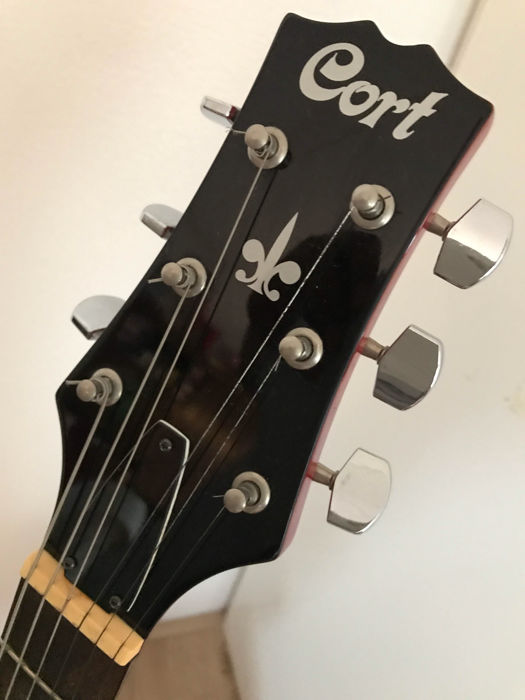

On the other hand, the crack of a snare drum in the back will have become so diffused and mixed with the hall reverberations by the time it reaches your ears that you can’t actually hear any “dry” sound. For example, the first seat violin is in the very front of the orchestra and you will hear its direct sound a split second before the reverberations from the surrounding hall kick in.

But if you think about it, it should actually be the other way around. At a glance this appears to make sense as it takes longer for the sound in the back to travel to the listener’s ears. Some people claim that instruments in the back should have a longer predelay time than those in front. Using a single reverb buss will always sound a bit flat (in terms of Z-depth that is, not pitch) because all instruments share the same predelay times and amount of early reflections. Once you have found the right balance between wet and dry, just knock the channel volume back a couple of dB to counter for this if necessary. This is to be expected as the original dry signal is now doubled with a wet version of itself. If you give this a try, you will notice that when you add a reverb send to a track, it will get slightly louder. So do yourself a favor and make it a habit of always exploring reverbs (and other plugins!) beyond what the presets offer. Most plugins don’t have presets that are intended to be used in real-life scenarios anyway, they’re just there to showcase the features and capabilities of the plugin. I say “dialling in” because I’m not an advocate of using presets for anything more than as starting points. After that, all you have to do is apply it in suitable amounts on the different sections and boom, done. That’s the main part of the work right there: dialling in a reverb that sounds good on all instruments, both melodic and percussive. It’s easy to manage, its resource footprint is as small as it gets, and it can sound great provided you have a good reverb and manage to set it up so that it works with all instruments. Why? Because it’s a straightforward solution that will get you a long way. Don’t attempt anything more clever before you’ve explored the possibilities of using a single send reverb. Even if this method isn’t 100% optimal, for reasons discussed below, I really think you should try it first.


Just like in the example with you and your friend in the big room. The more reverb you add to a section, the farther back it will appear to be, and vice versa. This will let you put all sections of the orchestra in a single coherent space, and you can adjust their front-to-back placement by simply changing the send levels. The easiest way of setting up an orchestral reverb is using a single reverb plugin as a send effect.


 0 kommentar(er)
0 kommentar(er)
